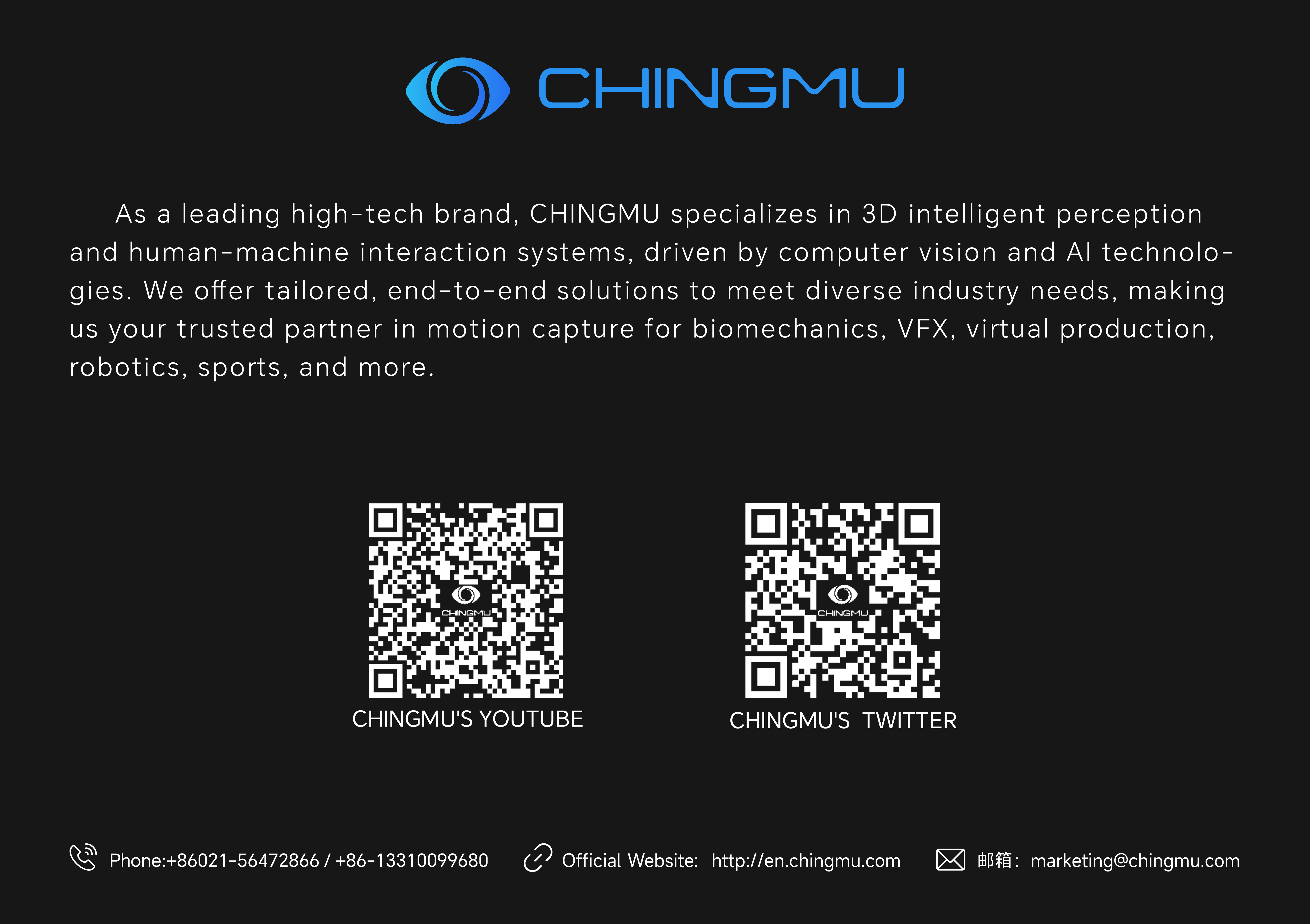
 CN / EN
CN / EN
Motion Capture Technology: Making Humanoid Robots Smarter
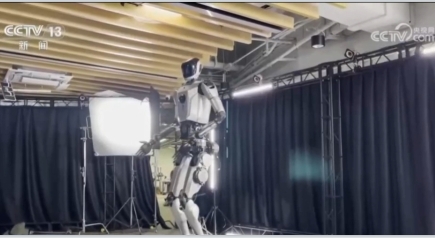
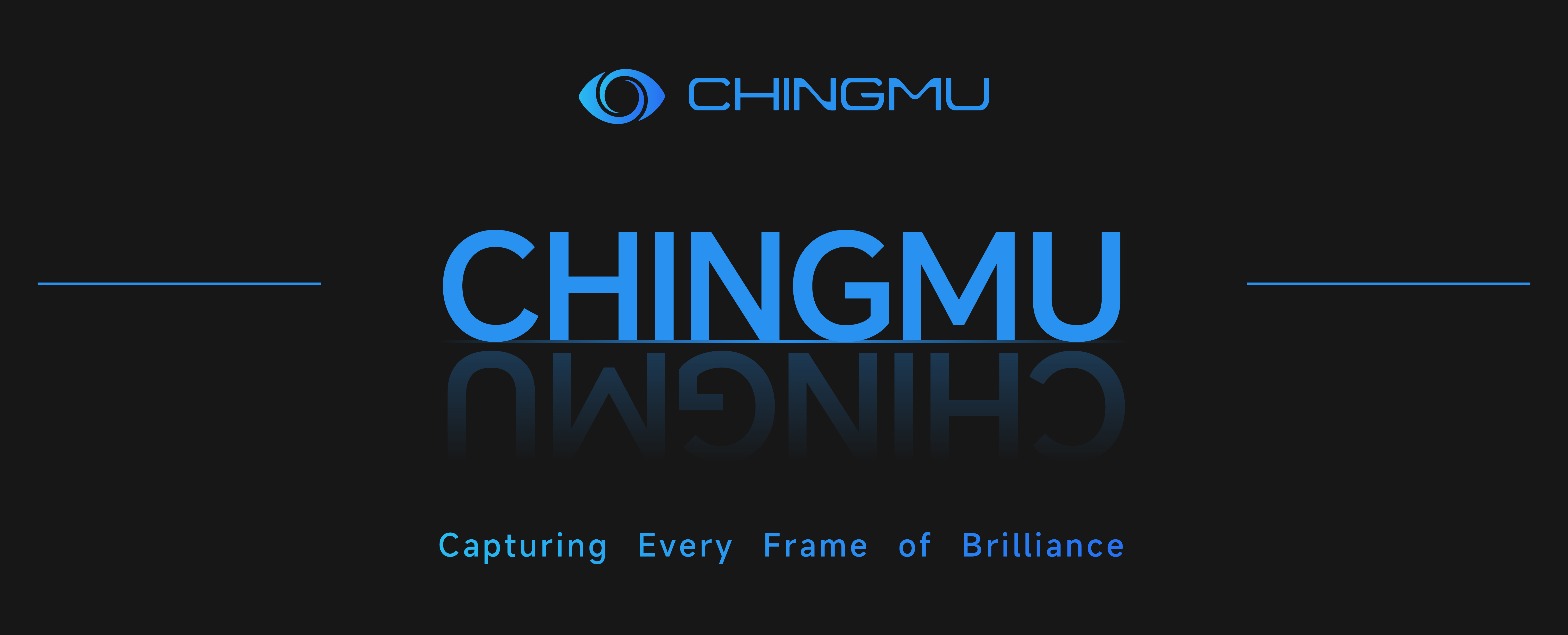
In recent years, the humanoid robot industry has received extensive attention. Outstanding robot companies such as Unitree Robotics, MatrixElement, and UBTECH have become the focus of media attention. With the development of technology and the influx of capital, the humanoid robot industry is set to further upgrade and expand.
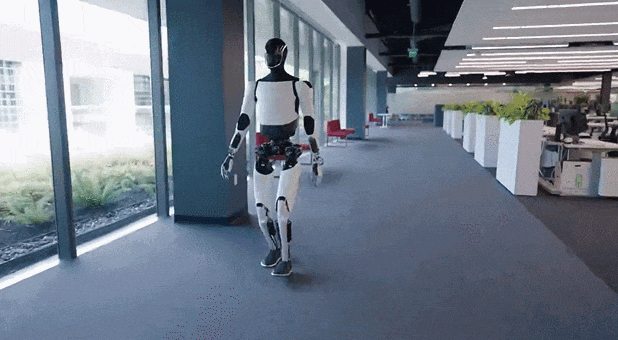
Optimus humanoid robot
According to the "Research Report on the Development of the Humanoid Robot Industry (2024)" released by the Tel System Laboratory of the China Academy of Information and Communications Technology, it is estimated that after 2045, when humanoid robots reach the stage of full intelligence implementation (Lv5), the global market size is expected to exceed 10 trillion yuan. By then, more than 100 million humanoid robots will be serving various industries.
During the development of humanoid robots, motion capture technology has opened up more possibilities for their evolution. Using this technology, data on the humanoid robots' movement states, hand movements, walking, bending, jumping, etc., can be collected to form useful reference data, significantly improving the efficiency of humanoid robot research.
In the research of humanoid robots, Tesla publicly recruited motion capture specialists to train its humanoid robot Optimus. The job requirements included a height between 5 feet 7 inches and 5 feet 11 inches, and the ability to comfortably wear motion capture suits and VR headsets for extended periods. Training based on real - human data has made Optimus's movements more human - like. In the early videos of Optimus released by Tesla, Optimus could not only water plants and do yoga, but the second - generation humanoid robot could also perform factory work.
Application Scenarios of Motion Capture Technology in Humanoid Robot Research
1、Dexterous Hands
As an essential part of humanoid robots, enabling robots to have "dexterous hands" has become the goal pursued by various brands and researchers. In previous test scenarios, we have seen humanoid robots opening bottle caps, sorting fruits, cutting vegetables, ironing clothes, and performing simple assembly tasks. These seemingly easy operations actually require extremely high levels of hand dexterity. Just like humans, they need to have rich and complex hand expressions and efficient task - execution capabilities. Besides conducting multiple experimental trainings, the use of motion capture technology can accelerate the achievement of this goal. For example, in remote operation and teaching, based on the standard actions demonstrated by humans, motion capture technology can accurately capture hand movement data and transmit and map it in real - time to the robot's hands, enabling the robot to complete corresponding commands, and learn, execute, and practice tasks. Due to the collection of real - human data, the hand movements of humanoid robots become more similar to those of real people.
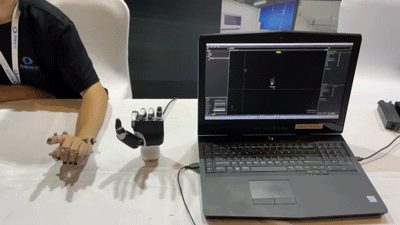
Remote operation of Yingshi robot
2、Posture Evaluation and Training
Motion capture technology has significant advantages in posture evaluation. For the training of humanoid robots, using motion capture can not only improve efficiency but also make the robots more human - like. On the one hand, motion capture can capture the data of human movement and convert it into commands that robots can recognize. In addition, during the movement of the robot, it can capture the 6DOF (Six Degrees of Freedom) information of the robot, test the speed and acceleration during walking and running, collect data such as joint angles, displacement directions, and amplitudes during movement, evaluate its movement process, and then improve the movement mode and training model.
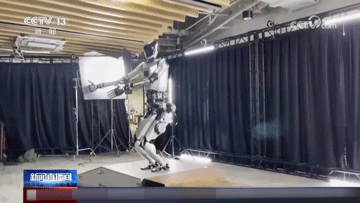
Humanoid Robot (Shanghai) Co., Ltd., training and testing of China's first full - size general - purpose humanoid robot
3、Simulation Training
At present, one of the major difficulties in humanoid robot training is the lack of abundant data support. Simulation training can minimize the training cost of humanoid robots. In a simulated environment, various scenarios can be built in a 1:1 ratio, from simple obstacle avoidance to complex car - driving obstacle avoidance. Through simulation training, not only can the limitations of the spatial environment be overcome, but also the training efficiency can be improved. It can maximize the realization of training scenarios that are impossible or difficult to achieve in real-life scenarios due to cost issues. Moreover, based on the comparative analysis of simulation data and real data, the design and control strategies of humanoid robots can be optimized.
As a leading optical motion capture brand in the industry, CHINGMU has injected new vitality into the development of humanoid robots. With its advantages of high precision, low latency, wide viewing angle, strong robustness, and multi - target tracking, CHINGMU provides motion capture technical support for Humanoid Robot (Shanghai) Co., Ltd. in the training and testing of the first domestic full - size general - purpose humanoid robot. This not only helps improve the robot's movement accuracy but also endows it with a high degree of intelligence and adaptability.
In addition, in the research of dexterous hands, CHINGMU's optical motion capture system can achieve real - time remote operation of dexterous hands, demonstrating the excellent performance of the motion capture system. Moreover, well - known domestic universities such as Tsinghua University, Zhejiang University, and Soochow University have used CHINGMU's optical motion capture system for the research of dexterous hands. Through motion capture technology, the subtle movements of human fingers have been recorded in detail, and these movement data have been successfully applied to the finger control of humanoid robots. This enables the robots to imitate human finger movements with extremely high precision, achieving precise grasping and operation of complex objects.
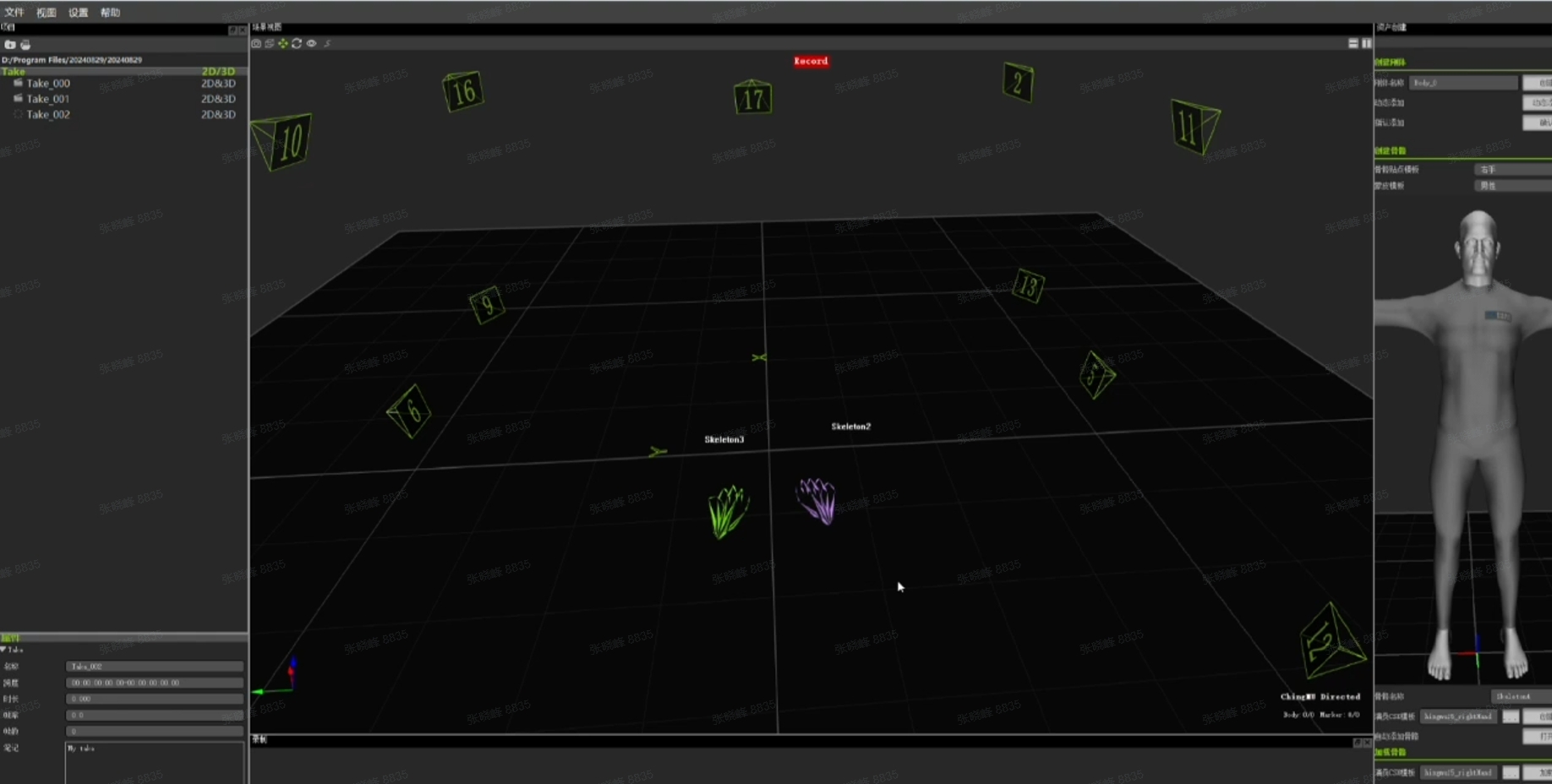
Research on dexterous hands by Tsinghua University
In the research of humanoid robots, a rich database is crucial for training humanoid robots. Through extensive data collection and learning, robots gradually master various movement patterns and response skills, enabling them to flexibly handle various tasks in different environments. The optical motion capture system, by collecting data from humans and humanoid robots, improves the motion control of humanoid robots, making them more human - like.
